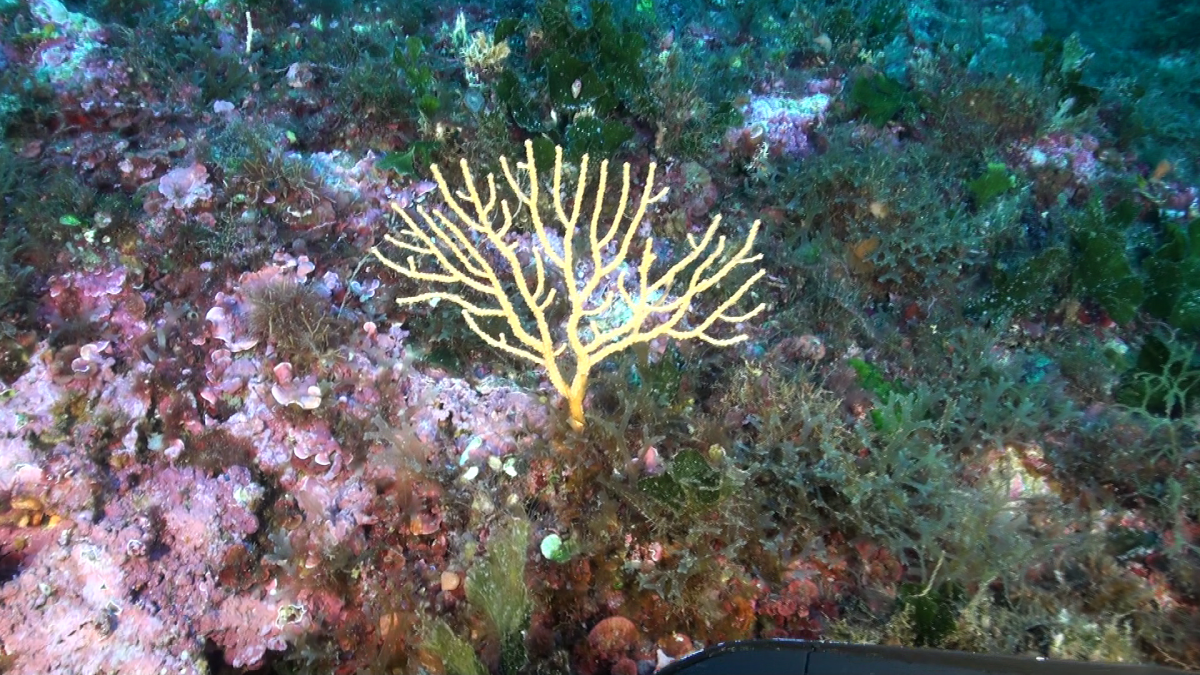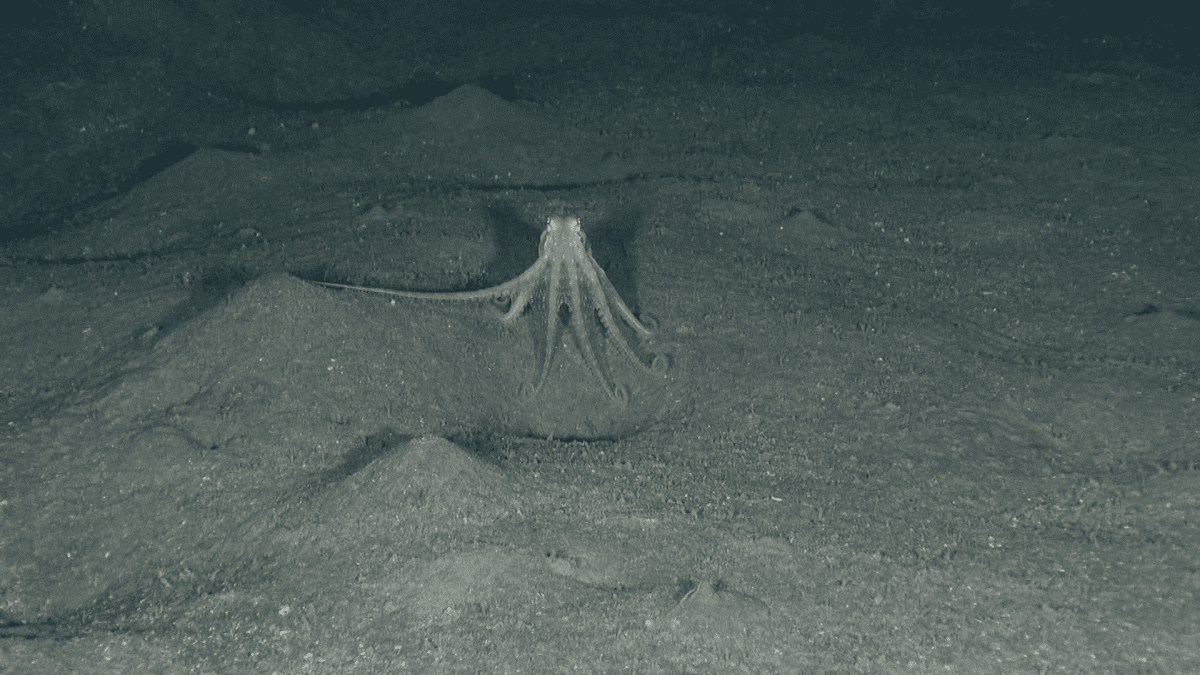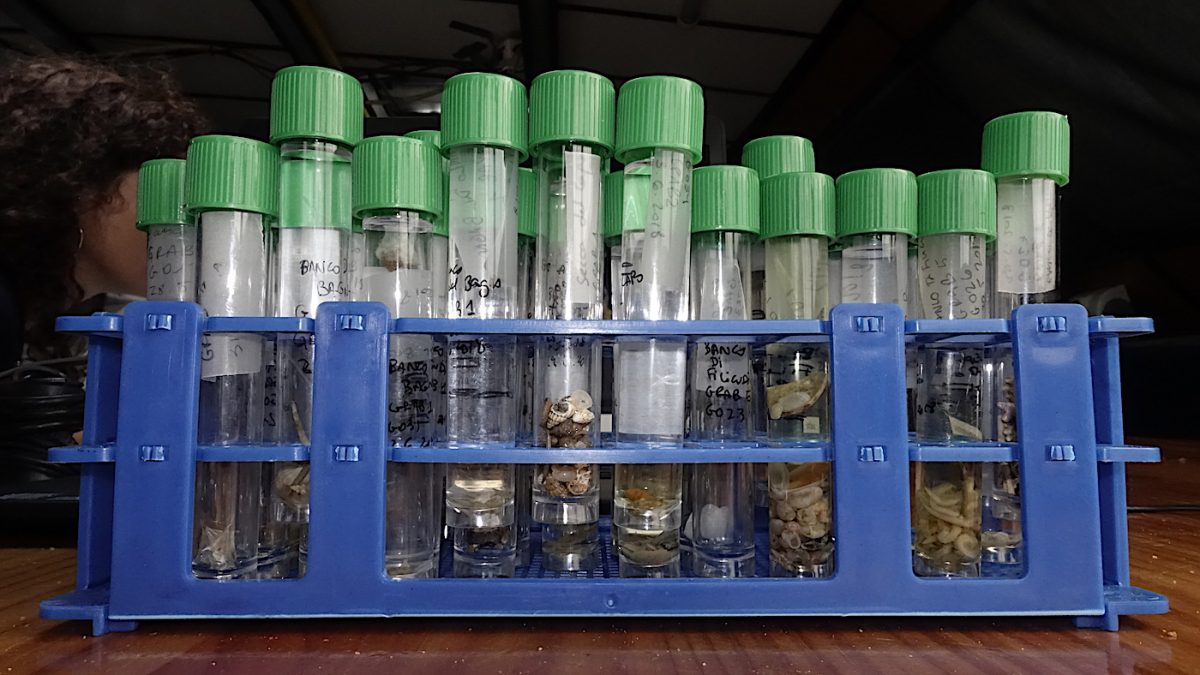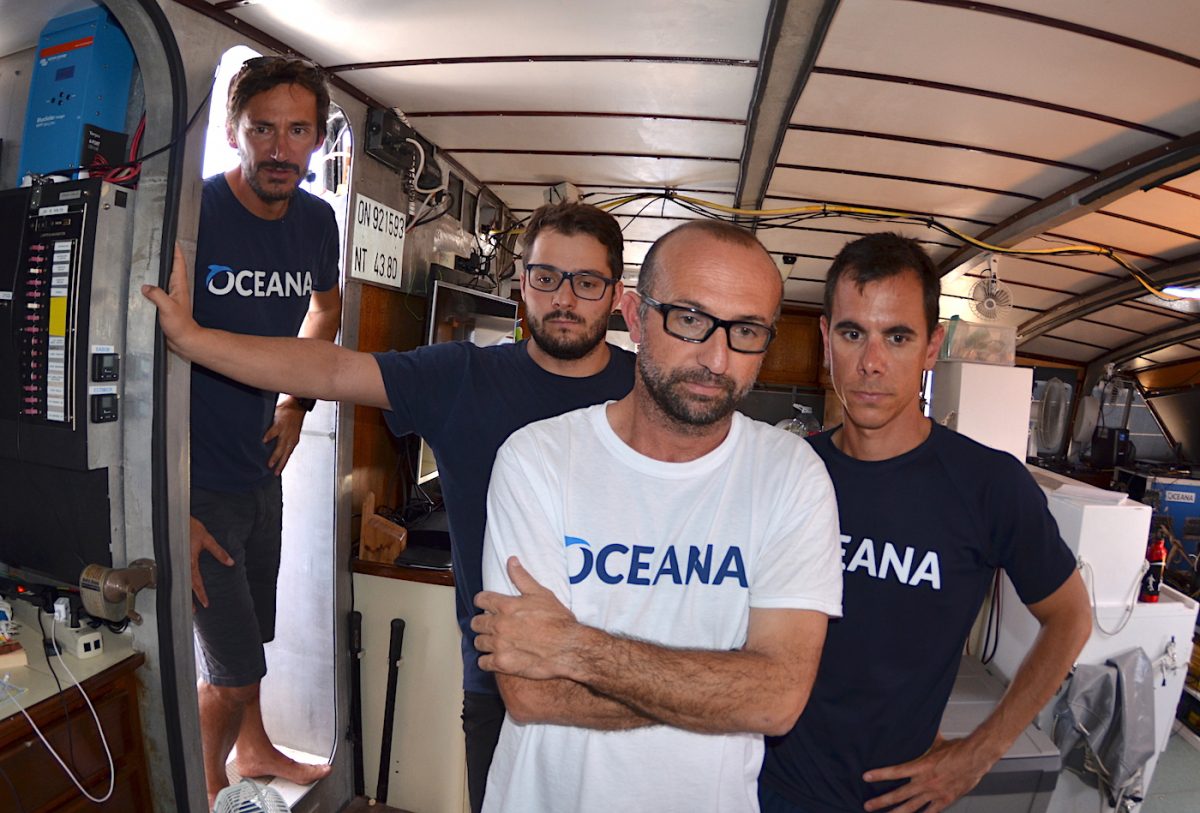June 4, 2018
Underwater Forests
The days pass by and we’re almost at the middle of our campaign. For the moment, we haven’t any complaints on how the wind, sea nor islands have treated us.
These are perfect conditions to survey the depths of the Aeolians, which surprise us daily with new species and habitats that deserve to be protected. One of the things that caught our attention is the confirmation, once again, on how structural organisms, specifically corals, grow in relation to other surrounding species.
Today we documented a dense garden of black coral, Antipatella subpinnata and Parantipathes larix, and, in the deeper areas, Antipathes dichotoma alongside fish like Benthocometes robustus and Capros aper hiding away in the coral’s branches; crustaceans like Anamathia risoana, perched up in the higher parts; shark’s eggs waiting to hatch and a great number of shrimp, isopods and other inhabitants of these underwater forests.





